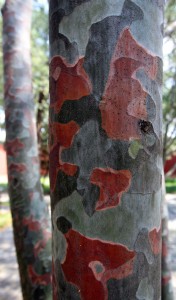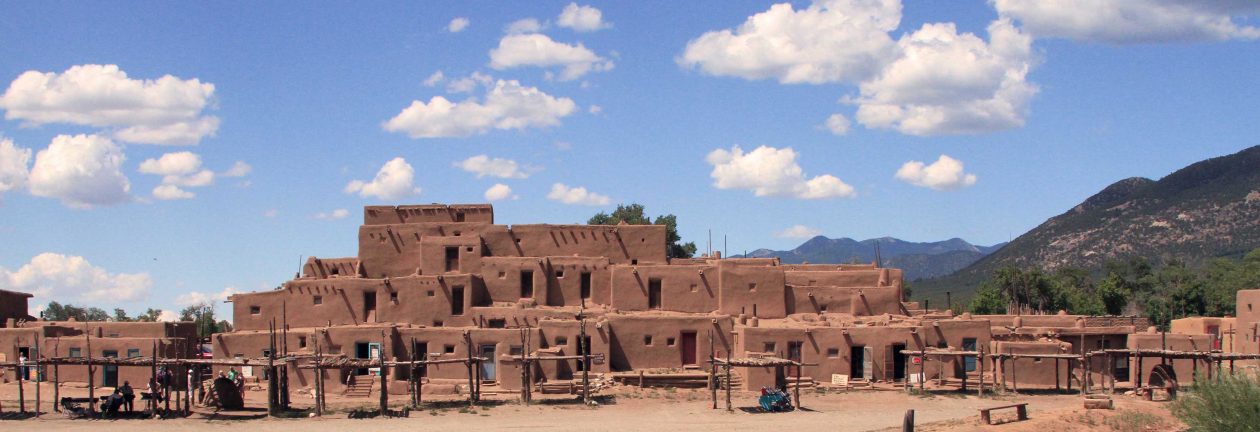Beijing, China
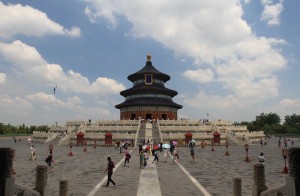
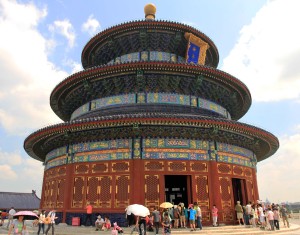
I woke up late again today and decided to see the Temple of Heaven, or the Hall of Prayer for Good Harvests (its more proper name). I took the subway south and got off on the east side of the complex. After purchasing my ticket, I entered into the surrounding park. As I walked through, heading toward the temple, I saw numerous street performers, dancers, and a group of people practicing Tai Chi to the opening song of ‘Once Upon a Time in China’. I also passed by the seven star-stones, which represent the seven peaks of Mount Tai. I finally reached the temple and found myself in awe of its beauty and circular symmetry. The complex’s construction dates back to 1406 AD, however it has been renovated many times since then. I walked around the temple and looked inside it and the surrounding buildings for some time before moving south.
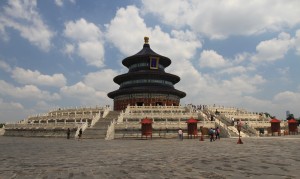
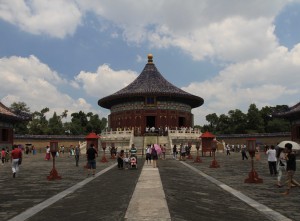
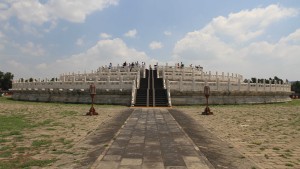
A short walk from the Hall of Prayer for Good Harvests by the Vermilion Steps Bridge is the Imperial Vault for Heaven, a stout circular building, which is surrounded by the Echo Wall, much more simpler in design than the Hall of Prayer for Good Harvests. Just south of this structure is the Circular Mound Altar, which was my next stop. The Mound Altar is built with three layers and on the top layer is a round stone (the Heart of Heaven) in the center, where the Emperor prayed for favorable weather; also, on this round stone, a man’s prayers were particularly resonant with heaven.
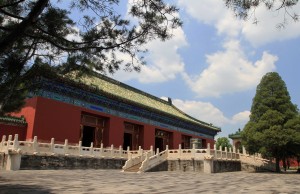
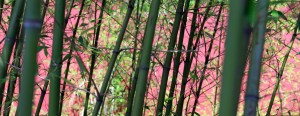
I then walked west through much quieter pathways inside the park; as you leave the main entrances and attractions, this popular park can actually become rather tranquil, a spot to relax and enjoy a fine book. I then made it to the Fasting Palace, where the Emperor would go before ceremonial rituals to fast from all pleasures and temptations in life, to properly prepare his mind for the religious ceremony. The palace was surrounded by a moat, and within its walls was another moat and wall – within that was the palace itself. The palace now exhibited many artifacts retained through out its use. Finally, my last stop in the park was the Divine Music Administration building which has an exhibit on Chinese music and many of the instruments used to create this music throughout its history.
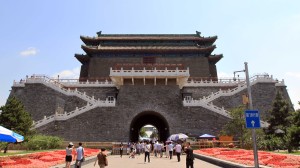
I then left the Temple of Heaven complex and went to Tiananmen Square. I exited the subway at the Qianmen subway station. Once emerged from the underground station, I saw Zhengyangmen (popularly known as Qianmen and is located at the southern end of Tiananmen Square), which was the proper gate to Old Beijing City; later the city wall was extended one kilometer south of the gate, but the gate was preserved here. South from Zhengyangmen is the Archery Tower and north from it is Mao ZeDong’s Mausoleum.

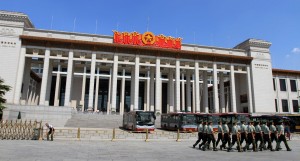

My next stop today was the National Museum of China. Located in the basement floor is an exhibit which traces China’s history from Paleolithic times to the end of the Qing Dynasty in 1911 through a wide variety of artifacts (though many of which are food containers, wine vessels, figurines, and coins). It is very extensive and illuminating. Also, the museum has additional galleries on its subsequent floors; even though most galleries were not being used, many were open and they exhibited: gifts to statesmen from countries around the world, ancient coins and old legal tender, African wooden sculptures, Buddhist statues, paintings on Chinese paper fans, European paintings, etc. In the center of the museum was a large room showcasing paintings and sculptures related to the rise of the People’s Republic. Overall, it was a very large building and worth a visit.
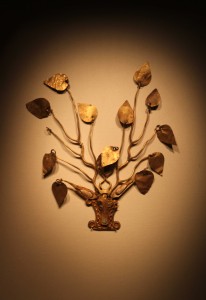
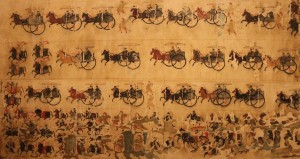
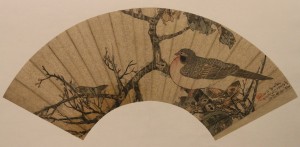
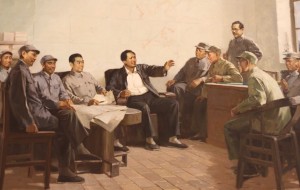
As I left the museum and was about to enter the subway to head back toward my guesthouse, I heard what sounded like canon fire coming from Tiananmen Square. I have no idea what the reason was for such a formal military salute and I had no intention of going through the security checkpoints again just to see (probably a display for visiting Italian dignitaries – there were Italian flags hoisted up with the Chinese flag throughout the square; on my first day the Bangladesh flag was prominently displayed everywhere with the Chinese flag, so evidently they change the flags in the square based on which statesmen are visiting Beijing that day).
After taking the subway back to the guesthouse, I set out to eat Peking Duck, that most famous Beijing cuisine. I headed toward the main street south of the guesthouse I had been to the night before even though most of those restaurants specialized in crawfish and lobsters. One restaurant promoter pointed me toward a place where I could order duck and I was soon on my way to feast on that world-famous recipe. I was seated at a table, twenty minutes later I ordered my food and drinks, thirty minutes late I received my beer, twenty minutes later I received my water, and another twenty minutes later (seventy minutes after ordering) I received my duck. Throughout my wait, I did enjoy watching everyone else eat their dishes (which looked delicious). It was actually incredible the amount of food I saw being stuffed away by so few people; it made me realize why Asians usually win food eating competitions; there was a couple in front of me who had three large sized dishes on their table and each dish looked as though it could easily feed two; also, everyone I observed was skinny with little to no fat on them.
I did think it was strange that a gussied up restaurant with so many waiters and waitresses on headsets and microphones would take so long to deliver such simple foods, but whatever, I was about to try Peking Duck, so I was in great spirits. I bit into the duck and it was incredibly disappointing. Maybe this restaurant doesn’t do it justice, but it was very bland (I had better duck in Butte, Montana). Well, I ate my meal, ordered another beer, and left as soon as I could (I would’ve tried turtle soup, but didn’t feel like waiting another hour for food).
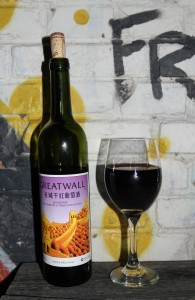
I went back to the guesthouse, bought a bottle of wine to make up for the night’s meal, and drank it back at the guesthouse. The wine was named ‘Great Wall Dry Red Wine’; it had a strong taste of blackberries, cherries, and musk (it was noticeably tasted of tannins); although it was slightly sweet and not very complex, it was drinkable and a vast improvement over the Mongolian and North Korean wines I had recently tasted. I could see myself drinking this wine with some freshly roasted game marinated in a berry-based sauce. It is rather refreshing – I approve! My expectation of Chinese wine has just been elevated.
I finished off the bottle and was soon asleep, looking forward to a new tomorrow.
